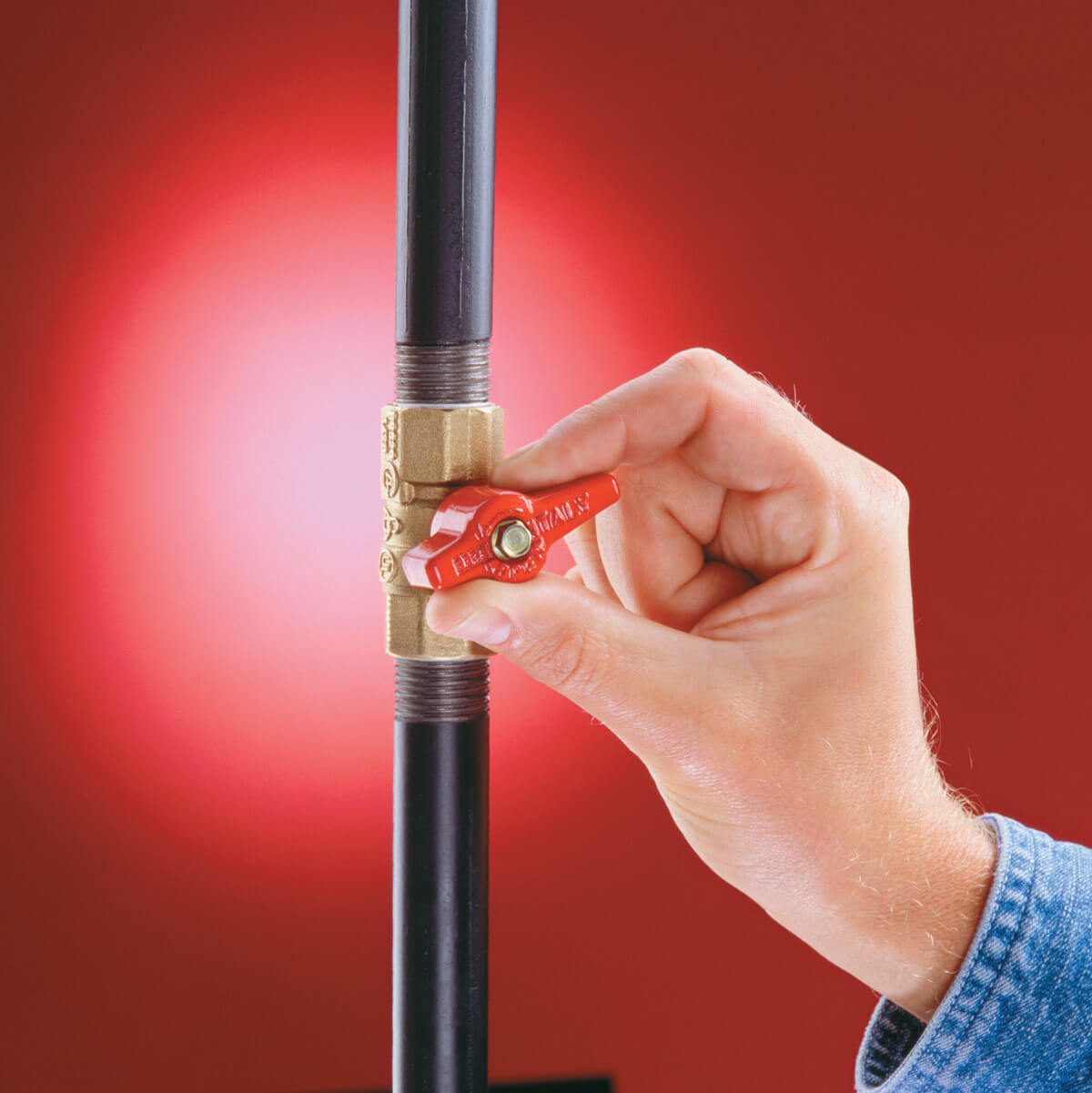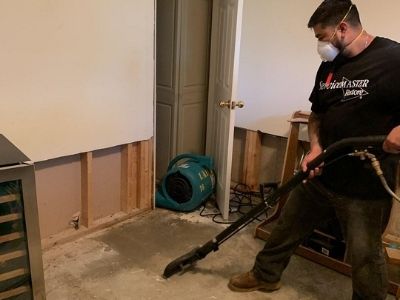Are you searching for facts and techniques on How to Prepare for Your Dishwasher Installation?

A ruptured pipe is a significant emergency; you can only stand as you see water you pay very much to rejoin with the planet. In worse situations, you discover a pool on your kitchen floor, which is a wonderful journey danger, particularly if you have kids around. If the pipe that ruptured was in your walls, problem: you may need to repaint that entire section.
Exactly how can a disaster like a burst pipe be protected against and also managed? Well, by listening to your expert emergency plumbing technicians and following these regulations.
Just how do I recognize when my pipelines have ruptured?
Changing water pressures
Pipes do not just burst in a day. You may have noticed that your kitchen area faucet or shower doesn't run right away when you turn the faucet. It may stop for a few seconds and afterwards blast you with even more pressure than normal.
In other instances, the water may seem regular in the beginning, after that drop in pressure after a few secs.
Polluted water
Lots of people assume a ruptured pipeline is a one-way outlet. Fairly the contrary. As water drains of the hole or laceration in your plumbing system, contaminants find their method.
Your water might be polluted from the resource, so if you can, inspect if your water tank has any kind of troubles. Nevertheless, if your drinking water is provided as well as cleansed by the city government, you need to call your plumber promptly if you see or smell anything amusing in your water.
Puddles under pipelines and sinks
When a pipeline bursts, the outflow develops a puddle. It might appear that the pool is growing in dimension, as well as no matter the amount of times you wipe the puddle, in a few minutes, there's an additional one waiting to be cleaned up. Often, you might not be able to map the puddle to any kind of visible pipelines. This is an indication to call a professional plumber.
Damp wall surfaces as well as water discolorations
Before a pipeline bursts, it will certainly leak, a lot of times. If this persistent dripping goes undetected, the leak might finish into a vast gouge in your pipeline. One simple way to prevent this emergency is to watch out for wet wall surfaces ad water stains. These water discolorations will certainly lead you right to the leak.
Untraceable dripping sounds
Pipe ruptureds can occur in the most undesirable locations, like within concrete, inside wall surfaces, or under sinks. When your home goes silent, you might be able to listen to an irritatingly relentless leaking noise. Also after you have actually checked your shower head and also kitchen faucet, the trickling may continue.
Precious reader, the leaking might be coming from a pipe inside your wall surfaces. There isn't much you can do about that, other than inform an expert plumber.
Show up the Heat
Set up fans to blow heat right into cold areas. Keep the garage door shut. If you have minimized water flow, heat the most at risk pipes (normally in basements as well as crawl spaces or near outside wall surfaces) with a hair dryer. Leave the faucet on while you use warmth. As you melt ice, the flow will certainly increase. To avoid pipelines from cold, insulate your walls.
Beginning Getting Rid of the Water
Get the mop, containers and also a shop vacuum to start to do away with the water since you definitely do not desire it soaking into whatever else in the house. Plus, a quick tidy up will certainly decrease the possibilities of something obtaining musty.
What do I do when I find a ruptured pipeline?
Your water meter will continue to run also while your water wastes. To decrease your losses, find the major controls and turn the supply off. The water pipe are an above-ground framework at the edge of your home.
How to Fix & Detect a Leaking Pipe
How Do I Know if a Pipe is Leaking?
Leak detection tests can help you determine if your pipe has a leak. Even if you don’t see an apparent leak, you should still conduct leak detection tests regularly to save water and money—and prevent major damage to your home.
Water meter. It can be helpful to figure out what your usual water meter usage numbers are and then monitor them regularly. To monitor your meter, first, turn off all water faucets in your home. Check the meter and write down the numbers. In a few hours, check the meter again. If the numbers have changed, you have a leak. Water gauge. Use a water gauge to test your water pressure. Your showerhead should produce a certain amount of water pressure based on its model and design. If the pressure is lower than it is supposed to be for that specific showerhead, your home likely has a leak. Puddles. Look inside your bathroom, laundry, and kitchen sink cabinets. Puddles around the cabinets or around toilets, tubs, showers, and washing machines indicate the presence of a leaking pipe. You may also notice loose tiles, peeling or flaking paint, or mold caused by water accumulation. Napkin test. Even if you don’t see any puddles, you may still have a leak. You can test for water leaks in the bathroom, laundry, and kitchen by wiping below-sink connections with a napkin, paper towel, or piece of toilet paper. If it becomes damp, you probably have a leaking pipe under the sink. Discolored walls. Walls that are discolored—usually with brown or yellow stains—or bulging might mean that they have been impacted by water damage caused by a leaking pipe. Smell. A leaky pipe will create sitting water, and over time, that water may develop a musty smell. If your home smells musty, but you can’t locate the source, it may be due to a leak. Steps for Fixing a Leaking Pipe
A leaky drain can be remedied by tightening the pipe base, replacing the drain seal, caulking the rim, and tightening the pipe nut. Similarly, a leaking toilet pipe can be treated by tightening the packing nut. You may also need to replace the valve. A leaky faucet may just need tightening or replacement of the washers. If that doesn’t work, consider replacing your faucet. If your pipe has a hole in it, you may want to use a pipe leak sealer or pipe leak tape. This quick fix for water pipe leaks can also temporarily fix a copper pipe leak. https://www.ahs.com/home-matters/quick-tips/how-to-tell-if-pipes-are-leaking/

As a serious person who reads about What to Know Before Installing a Dishwasher, I assumed sharing that article was a good idea. Make sure you take the time to promote this entry if you enjoyed reading it. I thank you for reading our article about How to Install and Connect a New Dishwasher.
Detail